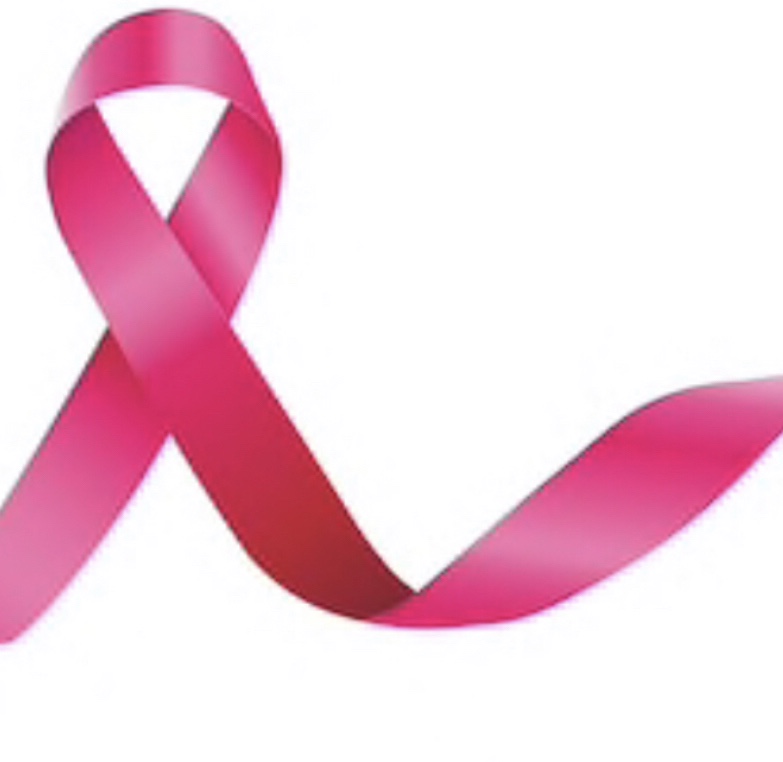

October is Breast Cancer Awareness Month, and rightfully so. Across Canada, one out of eight women will still receive this diagnosis in their lifetime. Two of these women were my mother and my grandmother. I am so grateful that my mom has been a breast cancer survivor for almost 30 years. So this month, I wear pink to raise awareness but also, to constantly educate myself and others of the early signs to be proactive in our fight to cure this disease.
Breast Cancer Signs and Symptoms
The most common symptom of breast cancer is a new lump or mass. A painless, hard mass that has irregular edges is more likely to be cancer, but breast cancers can be tender, soft, or rounded. They can even be painful. For this reason, it is important to have any new breast mass, lump, or breast change checked by a health care professional experienced in diagnosing breast diseases.
Other possible symptoms of breast cancer include:
- Swelling of all or part of a breast (even if no distinct lump is felt)
- Skin irritation or dimpling (sometimes looking like an orange peel)
- Breast or nipple pain.
- Nipple retraction (turning inward)
- Redness, scaliness, or thickening of the nipple or breast skin.
- Nipple discharge (other than breast milk)
In 2017 an estimated 26,300 Canadian women will be diagnosed with breast cancer and 5,000 will die of it. Breast cancer accounts for approximately 26% on new cases of cancer and 13% of all cancer deaths in Canadian women. 1 in 8 women are expected to develop breast cancer during her lifetime and 1 in 31 will die of it.
What can I do to reduce my risk of breast cancer?
Research shows that lifestyle changes can decrease the risk of breast cancer, even in women at high risk.
To lower your risk:
- Limit alcohol. The more alcohol you drink, the greater your risk of developing breast cancer. The general recommendation — based on research on the effect of alcohol on breast cancer risk — is to limit yourself to less than one drink a day, as even small amounts increase risk.
- Don’t smoke. Evidence suggests a link between smoking and breast cancer risk, particularly in premenopausal women.
- Control your weight. Being overweight or obese increases the risk of breast cancer. This is especially true if obesity occurs later in life, particularly after menopause.
- Be physically active. Physical activity can help you maintain a healthy weight, which helps prevent breast cancer. Most healthy adults should aim for at least 150 minutes a week of moderate aerobic activity or 75 minutes of vigorous aerobic activity weekly, plus strength training at least twice a week.
- Breast-feed. Breast-feeding might play a role in breast cancer prevention. The longer you breast-feed, the greater the protective effect.
- Limit dose and duration of hormone therapy. Combination hormone therapy for more than three to five years increases the risk of breast cancer. If you’re taking hormone therapy for menopausal symptoms, ask your doctor about other options. You might be able to manage your symptoms with nonhormonal therapies and medications. If you decide that the benefits of short-term hormone therapy outweigh the risks, use the lowest dose that works for you and continue to have your doctor monitor the length of time you’re taking hormones.
- Avoid exposure to radiation and environmental pollution. Medical-imaging methods, such as computerized tomography, use high doses of radiation. While more studies are needed, some research suggests a link between breast cancer and cumulative exposure to radiation over your lifetime. Reduce your exposure by having such tests only when absolutely necessary


